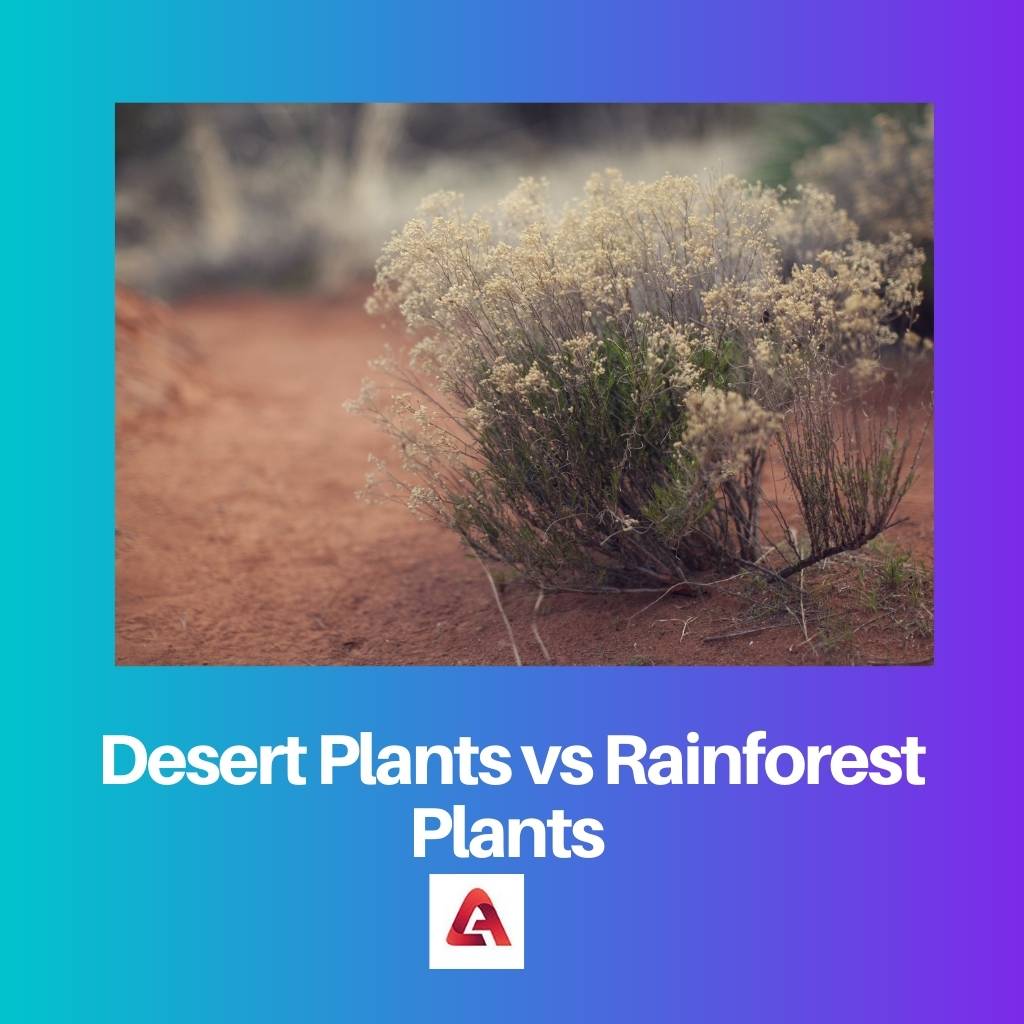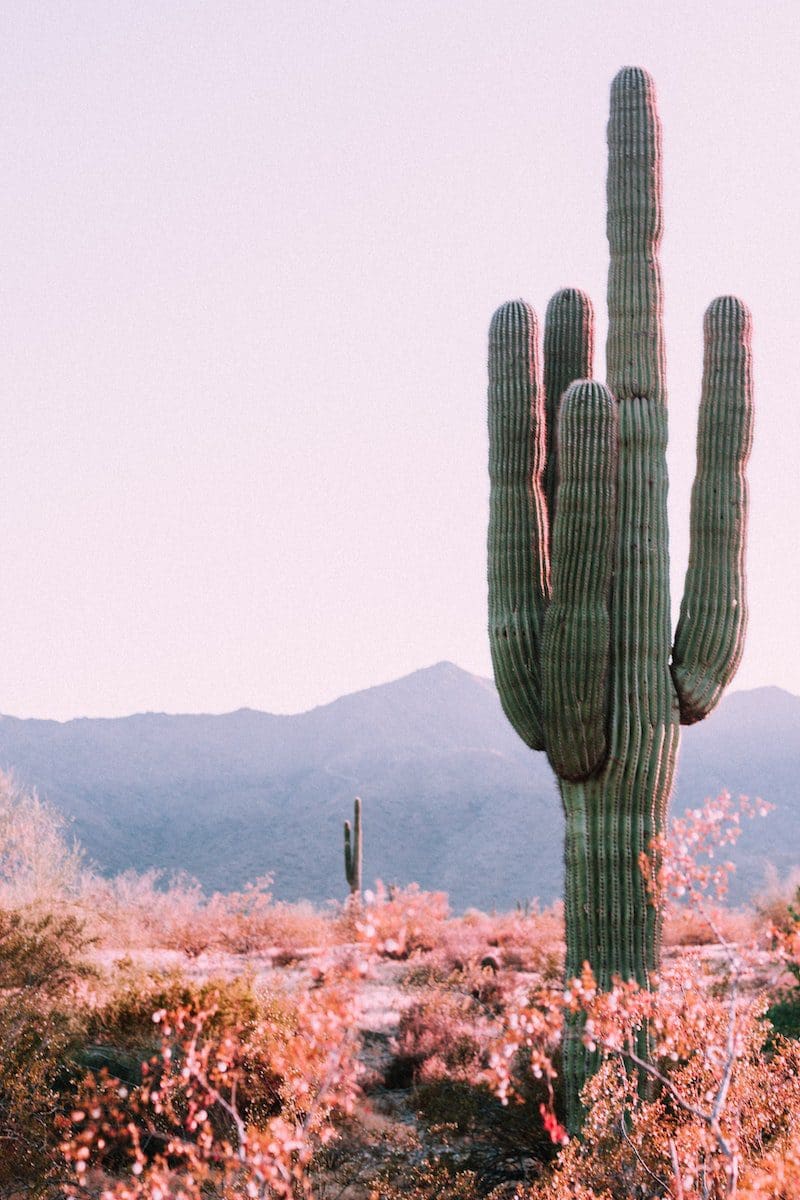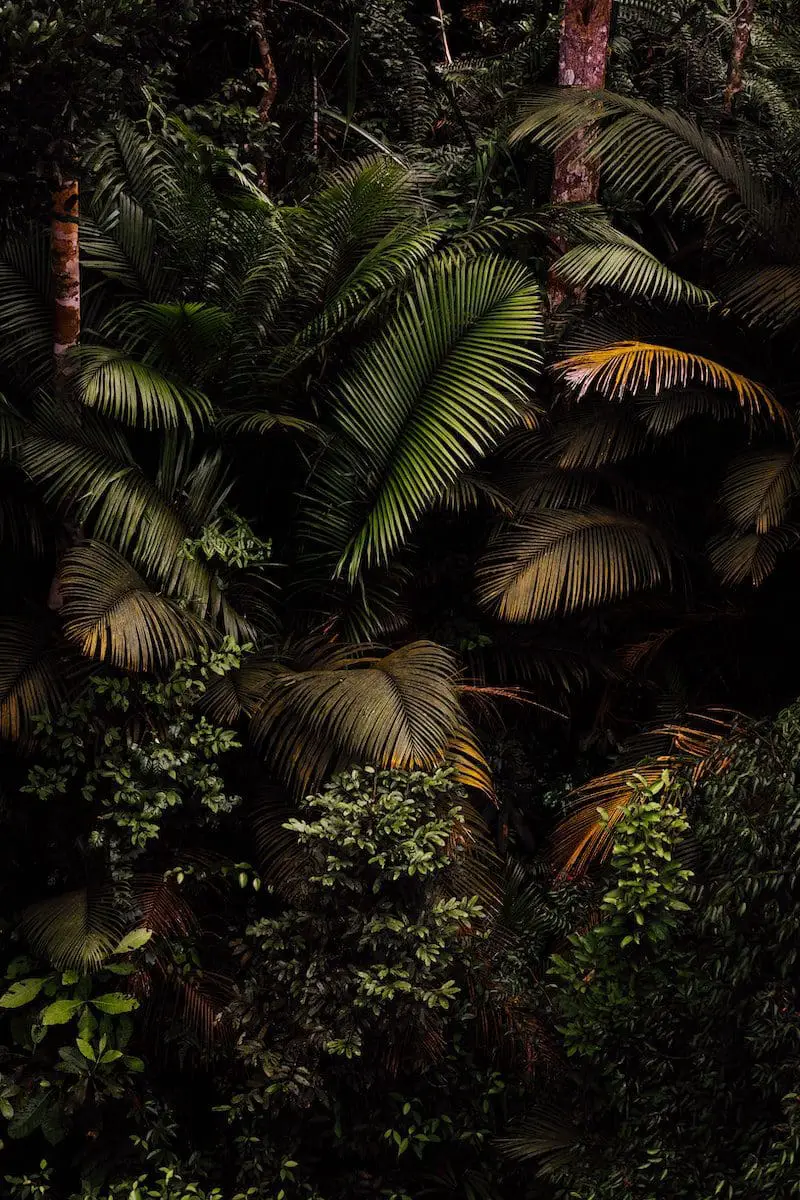Planet Earth is nothing short of a miracle in itself. It is the largest system of living organisms, with a large number of plants, animals, and humans. Every part of this system is equally crucial to the others.
These components cannot be split into multiple priority groups because doing so would be insulting to others in favor of a few.
With that being said, it is critical to recognize that animals, like all living beings, play an important role in this ecosystem. Thousands of species and classifications exist among these plants.
Desert Plants and Rainforest Plants are two of the categories of plants available in the ecosystem, and to understand their value, it is important to mark a line of difference between these two.
Key Takeaways
- Desert plants have adaptations for water conservation, and rainforest plants for competition and light absorption.
- Rainforest plants exhibit higher diversity. Desert plants show specialized adaptations.
- Epiphytes are common in rainforests but not found in desert ecosystems.
Desert Plants vs Rainforest Plants
Desert plants are drought- or salt-tolerant because deserts are very dry areas that experience very little rainfall. Some store water in their leaves, roots, and stems. Rainforests receive an enormous amount of rain, so rainforest trees are greener and may have a thick waxy layer on their leaves.

Plants that grow in a desert climate are classified as desert plants. These plants thrive in hot environments and adapt to their surroundings. Their roots and leaves alter themselves in such a way that they can survive in these harsh desert circumstances.
They are less diversified plants and strongly resemble each other in many features.
Rainforest Plants, on the other hand, are a type of plant that grows in locations where there are rainforests. Because they live in such an environment, they get a lot of rain every year.
As a result, their structure is altered in order to remove the surplus water. These plants are quite important since they produce a wide range of products.
Comparison Table
| Parameters of Comparison | Desert Plants | Rainforest Plants |
|---|---|---|
| Definition | Category of plants experiencing growth in areas of deserts. | Category of plants experiencing growth in areas of rainforests. |
| Climate Conditions | Hot and harsh climate conditions. | Humid and tropical climate conditions. |
| Structure of Leaves | Due to the availability of water being inadequate, the leaves of such plants convert themselves into thorns. | Due to water being available in excess amount, the leaves are primarily luscious and green. |
| Water Availability | Less water availability. | More water availability. |
| Structure of Roots | Roots are structured in a way to utilize the groundwater. | Roots are structured in a way to manage the stability of the plant. |
| Diverseness | Very little diversity is found in these plants. | More diversity comparatively. |
| Main categories | Xerophytes and Phreatophytes are the two main categories of these plants. | Epiphytes and Bromeliads are the two most common categories of these plants. |
What are Desert Plants?
Desert Plants are quite a species of plant that grows in hot, semi-arid climates. These plants can be divided into two groups: Xerophytes and Phreatophytes. When it comes to the outside appearance of these plants, they appear to be less green and lush.
Their leaves are also very small in size, and there aren’t many of them. Plants in the desert rarely bloom more than twice a year. They appear solemn and dry as a result of all of this.
Deserts acquire extremely little rainfall, and plants are forced to conform to such severe conditions caused by a lack of water in the area. These are some of the adaptations that have been made:
- These plants’ roots have changed (the roots become very deep and develop the capability of absorbing the water stored at ground level)
- Changes in the plant’s leaves (the leaves take the form of thrones in order to reduce the usage of water by the plant)

What are Rainforest Plants?
Plants that grow in wet and rainy climates are known as Rainforest Plants. These Rainforest Plants account for 28 percent of the world’s oxygen. This is due to the dense vegetation and plantation seen in these forests.
Annually, these plants acquire about 180 inches of rain. As a result, there is an abundance of water available.
As previously said, these plants receive an enormous amount of water, which they do not employ to their full potential. Due to the abundance of resources, these plants have been compelled to adapt in order to cope with the circumstances. These modifications are as follows:
- Such plants grow a coating on their leaves that allows water to readily slide off.
- The roots become shallow, allowing them to receive nutrients from the earth.

Main Differences Between Desert Plants and Rainforest Plants
- Desert Plants are the plants that experience their growth in hot climate conditions, while on the other hand, Rainforest Plants, as the name itself suggests, grown in tropical conditions where rainforests are present.
- Talking about Desert Plants, Xerophytes and Phreatophytes are the two main categories of these plants. While on the other side, Epiphytes and Bromeliads are the two most common categories of Rainforest Plants.
- The leaves of Desert Planta disguise themselves as thrones in order to minimize the usage of water. This happens because of the unavailability of water. In contrast, the leaves of the Rainforest Plants appear very luscious and healthy because of experiencing heavy water supply.
- The roots of Desert Plants tend to be deep because they perform the function of utilizing groundwater, while the roots of Rainforest Plants are not deep but strong rather.
- Desert Plants are not so much diversified, but Rainforest Plants contain a lot of diversity.





